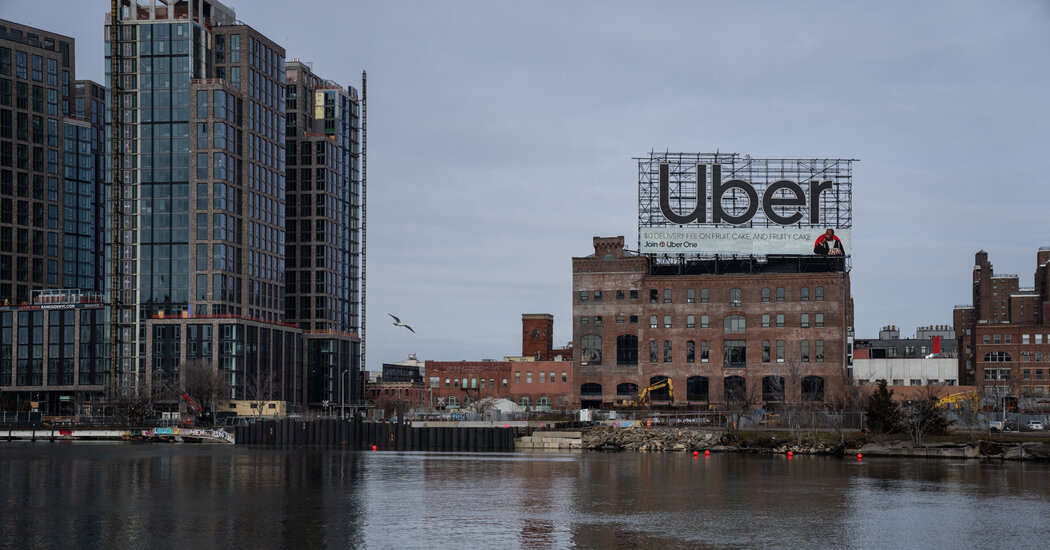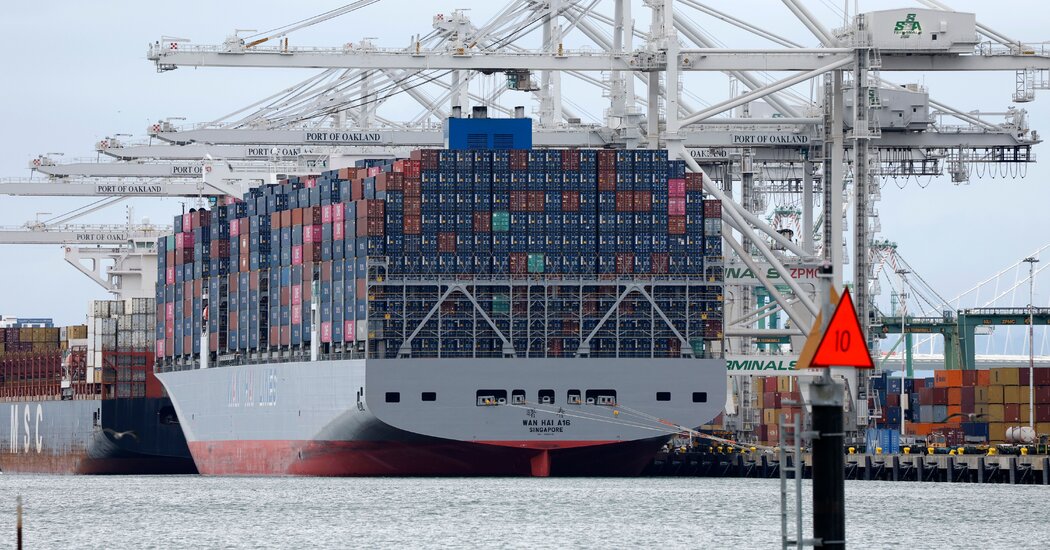Uber reported earnings on Wednesday that disappointed investors, as mounting legal bills and weaker ride demand in some parts of the world led to a shortfall compared with analysts’ forecasts.
Uber recently settled a lawsuit brought by Australian taxi drivers and is facing a new one from cabdrivers in London. Some regulators have also challenged the way it classifies workers, which shields it from providing drivers with some benefits.
The company also cited softer-than-expected demand and took a hit because some of its investments had lost value during its latest quarter.
Uber’s operating profit in the first quarter was $172 million. That was up from a $262 million operating loss in the same period last year but still less than half of what analysts had expected for that measure. It also recorded a net loss of $654 million for the quarter, worse than the $157 million last year and also far weaker than what analysts had expected.
Uber’s shares dipped more than 7 percent in early trading.
The ride-hailing app, which was founded in 2009, reported its first full-year profit as a public company last year, but it has sometimes struggled to grow at a pace that satisfies investors. As it moves into other areas, like freight and food deliveries, regulatory challenges have made growth tricky. Its main rival, Lyft, reported higher-than-expected earnings on Tuesday amid stronger demand.
Uber’s gross bookings — which is the amount of money Uber collects from a ride, meal delivery or freight shipment — rose 20 percent from a year ago, to $37.7 billion, coming in slightly below analysts’ expectations.
Uber is working to grow its restaurant delivery arm, Uber Eats. The company announced on Tuesday that it would partner with Instacart, allowing users of the grocery delivery app to order from restaurants through Uber Eats.
Even with that partnership, the company still intends to expand its Uber Eats delivery capacity into grocery stores and retail, Dara Khosrowshahi, Uber’s chief executive, said in a statement on Wednesday. By allowing Instacart users to order through Uber Eats, the ride-hailing app can expand its base in key areas like the suburbs, he said, and better compete with rivals like DoorDash.




Thank you for your sharing. I am worried that I lack creative ideas. It is your article that makes me full of hope. Thank you. But, I have a question, can you help me?